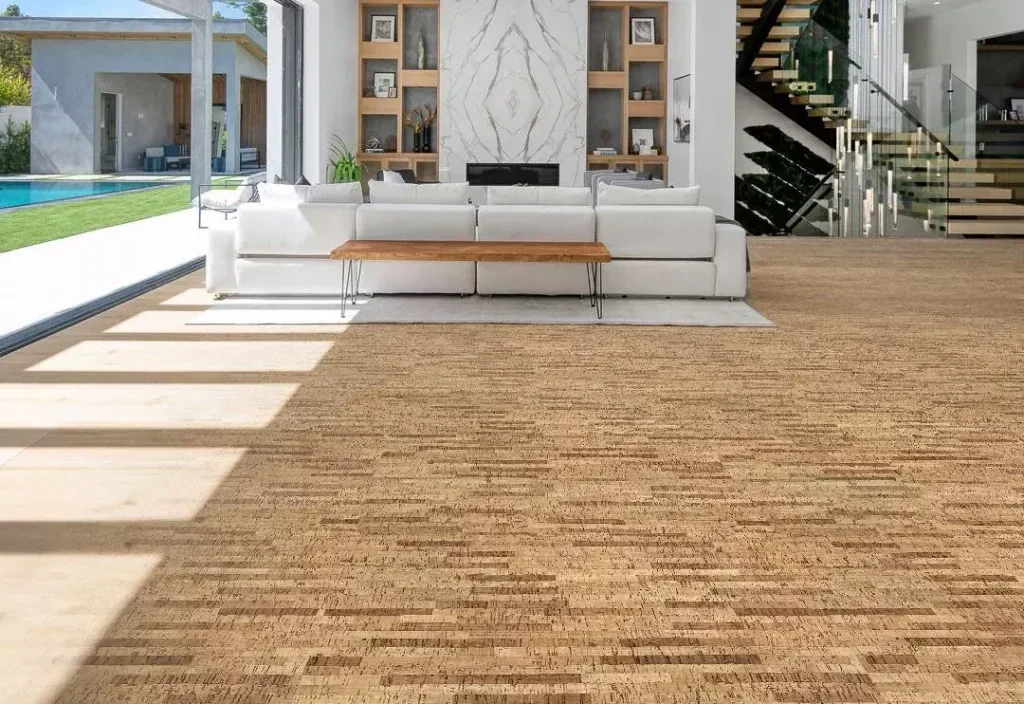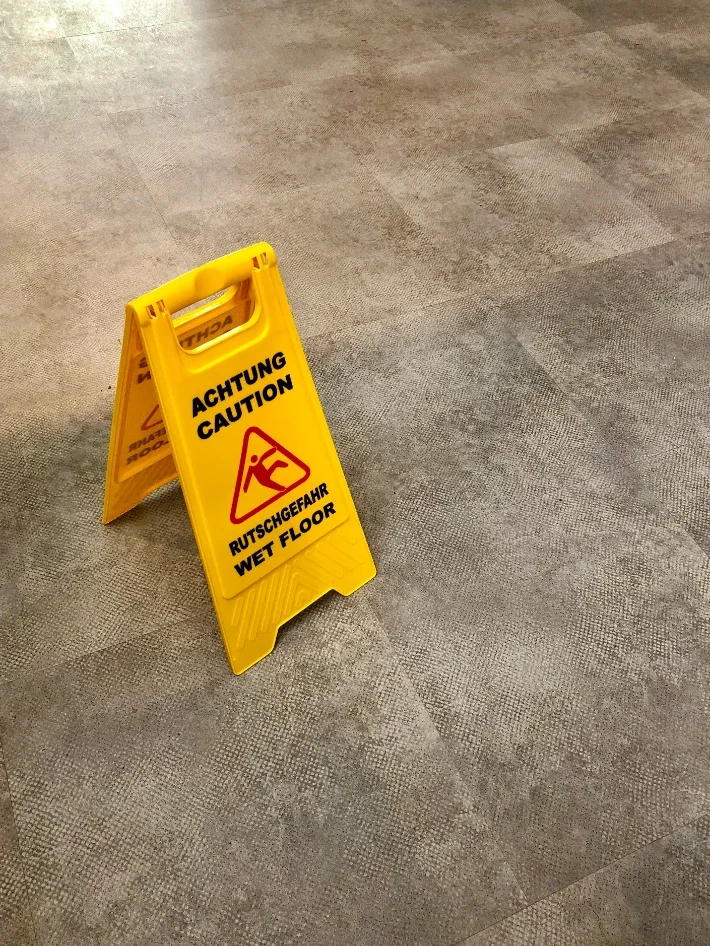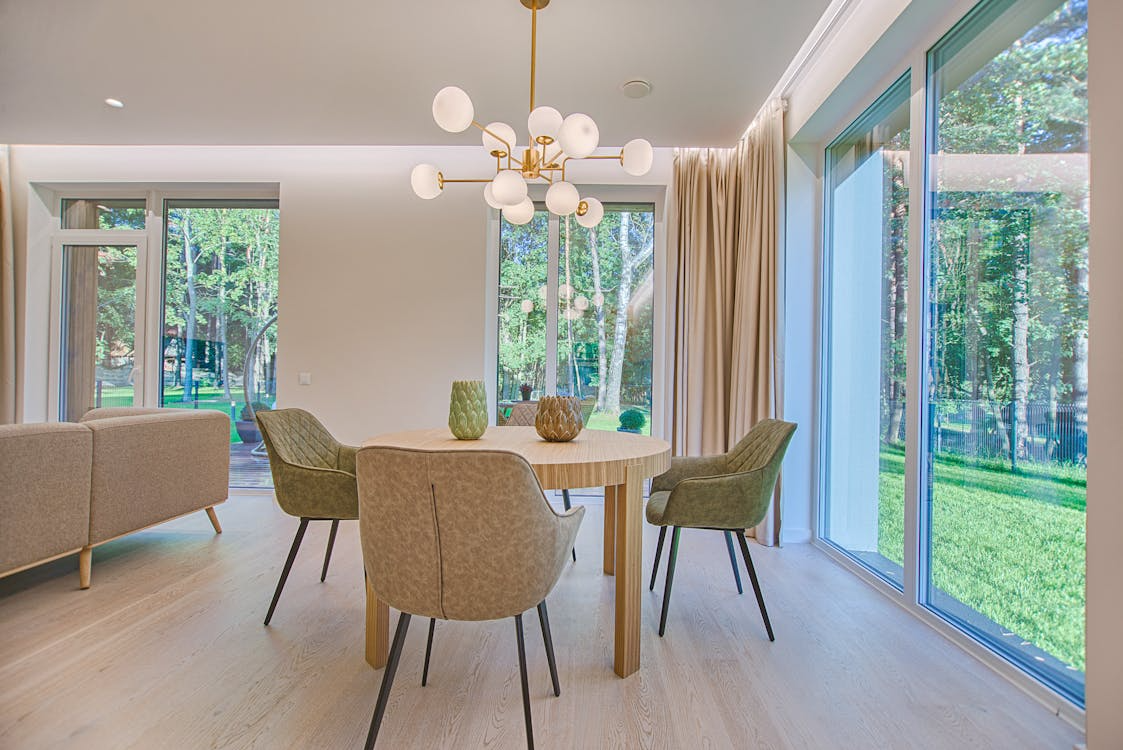What Are the Best Types of Flooring for Homes?
Discover the best types of flooring for your home, from hardwood to tile. Learn which materials fit your style, budget, and lifestyle needs.
Your home deserves flooring that works with your daily routine, not against it. If you're considering new floors for any room in your house, the choices can feel overwhelming. Between hardwood, vinyl, tile, and dozens of other options, how do you pick what actually makes sense for your space?
Here, we'll break down the most practical flooring types for homes so you can make smart decisions without needing a degree in interior design.
Why Your Flooring Choice Actually Matters
There are hundreds of flooring products available across Dubai and UAE markets. So the question becomes: which types of flooring for your home will hold up to daily use while fitting your budget?
Your lifestyle determines what works. Families with kids need floors that handle spills and rough play. Pet owners want scratch-resistant surfaces that don't show every paw print. Busy professionals might prefer low-maintenance options that still look polished.
We see many homeowners rush into flooring decisions based on looks alone, then regret it six months later when maintenance becomes a headache or damage starts showing up.
Hardwood Flooring for Home Interior Spaces
Hardwood floors continue ranking as a top choice for homes, particularly in living rooms, dining areas, and bedrooms. Wood floors remain the most popular flooring type in 2025, with oak, hickory, maple, walnut, and cherry leading as preferred species.
Solid hardwood flooring can last for generations with proper care, and refinishing restores its beauty. That longevity matters when you're making a long-term investment in your home's value and appearance.
However, hardwood doesn't work everywhere. Hardwood flooring is best suited for living rooms, dining rooms, and bedrooms but is not ideal for kitchens or baths because it is not waterproof. Moisture damage remains the biggest concern with real wood floors.
Engineered Hardwood for More Flexibility
Today's engineered wood costs less than solid-wood planks and can be a great option for living rooms and bedrooms. The layered construction makes engineered wood more stable in varying humidity levels compared to solid hardwood.
This option gives you the wood look without the same moisture sensitivity, making it suitable for more areas throughout your home.
Vinyl and SPC Flooring for Durability
Luxury vinyl tile (LVT) is a budget-friendly option that mimics high-end materials like marble and terrazzo without the hefty price tag. Modern vinyl products have improved dramatically from what your parents might remember.
SPC flooring technology represents one of the newest advances in vinyl flooring. Stone plastic composite construction provides exceptional durability while maintaining the realistic appearance of natural materials. This makes SPC flooring particularly popular in Dubai homes where temperature fluctuations and humidity can challenge traditional materials.
All vinyl tiles and planks tested boast top-notch resistance to water spills and flooding, making them practical choices for kitchens, bathrooms, laundry rooms, and even basements. Vinyl flooring requires a higher upfront investment but is ideal for heavy traffic areas like kitchens and hallways.
The waterproof nature of vinyl options means you won't panic when someone spills a drink or tracks in water from outside. That peace of mind has real value in busy households.
Laminate Flooring for Home Budgets
Laminate flooring is one of the most common floors found in new homes today due to its ease of cleaning and waterproof finish, making it ideal for family homes. The affordability factor helps many homeowners get the look they want without stretching budgets too thin.
Laminate flooring is made of synthetic materials to mimic wood, tile, and stone designs while being scratch and moisture-resistant, making it a good option for active households. This scratch resistance matters when you have furniture moving around or kids dropping toys.
The floating installation method means many homeowners can install laminate themselves, saving on labor costs. Vinyl planks and tiles come in at around $3.42 per square foot on average, cheaper than porcelain tile and second in affordability only to laminates at $2.82 per square foot.
Tile Flooring for Wet Areas
Porcelain tile suits rooms where things get busy, wet, and messy, like entries, mudrooms, playrooms, and baths. The water resistance makes tile the obvious choice for bathrooms and kitchens where moisture happens regularly.
Black-and-white tile floors in checkerboard patterns are being seen more frequently throughout the design world, offering both style and practicality. Modern porcelain tiles can closely resemble wood textures while providing far more durability in wet conditions.
Tile installation costs more than some other options and typically requires professional help, but the long lifespan and minimal maintenance requirements offset those initial expenses over time.
Carpet for Comfort in Bedrooms
Carpet is a popular choice thanks to its comfort, versatility, insulation, and warmth, making it ideal for bedrooms, living rooms, and playrooms. That soft feeling underfoot creates coziness that hard surfaces can't match.
However, carpet in homes hosts over 200,000 bacteria in every square inch, not including additional dust, pollen, pet fibers, and mold that build up. This reality has pushed many homeowners toward hard-surface options, especially in high-traffic areas.
For bedrooms where comfort matters more than durability, carpet still makes sense. Just know it requires regular vacuuming and periodic deep cleaning to maintain freshness.
Room-by-Room Flooring Recommendations
Different rooms throughout your home need specific flooring qualities based on how you use those spaces.
Kitchen and Dining Area Floors
For high-traffic areas like kitchens and hallways, hard-wearing choices like tile or vinyl are best. These materials handle dropped dishes, spilled liquids, and constant foot traffic without showing excessive wear.
Bathroom Flooring Options
For baths, basements, and laundry rooms, opt for water-resistant flooring like tile, vinyl, or linoleum. The moisture levels in bathrooms demand materials that won't warp, stain, or develop mold issues.
Living Room Flooring Choices
Solid hardwood and engineered wood floors add warmth to hangout and lounging areas such as bedrooms, living rooms, dining rooms, and dens. These spaces benefit from the visual appeal and comfortable feel of wood surfaces.
Budget Considerations for Home Flooring
HomeAdvisor estimates it costs an average of $3,162 to install new flooring in a standard 320-square-foot living room. Understanding total costs helps prevent budget surprises midway through your project.
Material costs vary widely, but installation expenses can equal or exceed material prices depending on the flooring type you choose. Laminate and vinyl often allow DIY installation, while hardwood and tile typically need professional help.
Think about long-term costs too. Less expensive options include carpet, vinyl, and laminate, while hardwood and natural stone cost more initially but add significant resale value.
Current Flooring Trends Worth Knowing
In 2025, there's a shift toward warm, honey-toned woods that bring comfort to both traditional and modern spaces, with cool grays being replaced by light natural and warmer wood colors. These warm tones create inviting atmospheres that feel less stark than previous gray trends.
Wider and longer planks are becoming more common, creating a sense of openness and elegance while allowing for greater visual continuity across spaces. This trend works particularly well in open-concept homes.
For those interested in premium flooring solutions, Interiorland offers extensive selections of quality flooring materials that match current design trends while meeting practical performance needs.
Conclusion
Choosing the best flooring types for homes comes down to matching materials with how you actually live. Consider your room functions, maintenance preferences, budget realities, and long-term plans before committing to any flooring option. The right choice balances looks with practical performance, creating spaces you'll enjoy for years without constant worries about damage or excessive upkeep.









